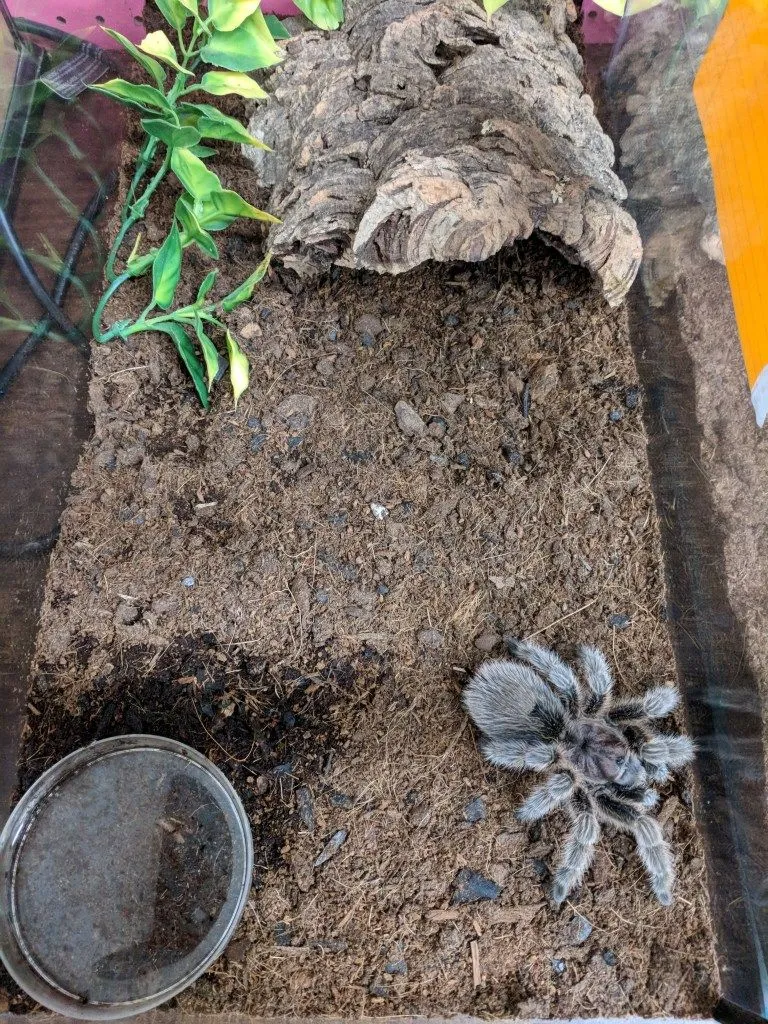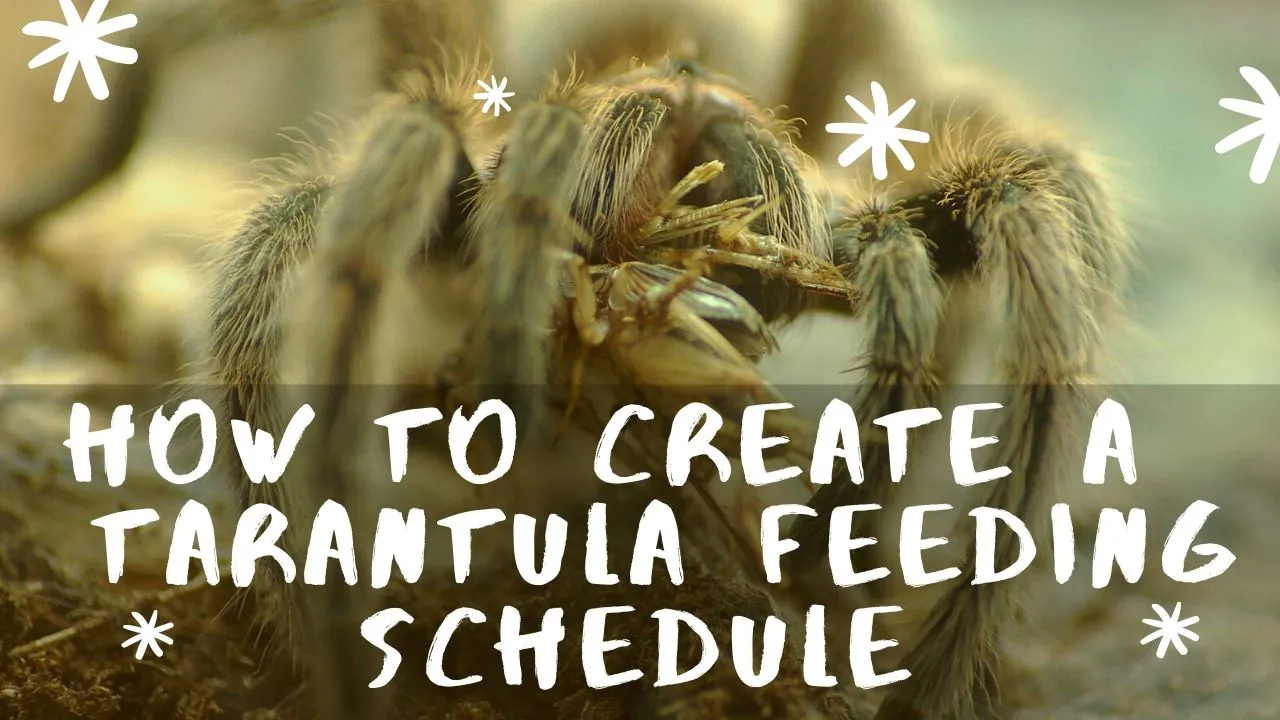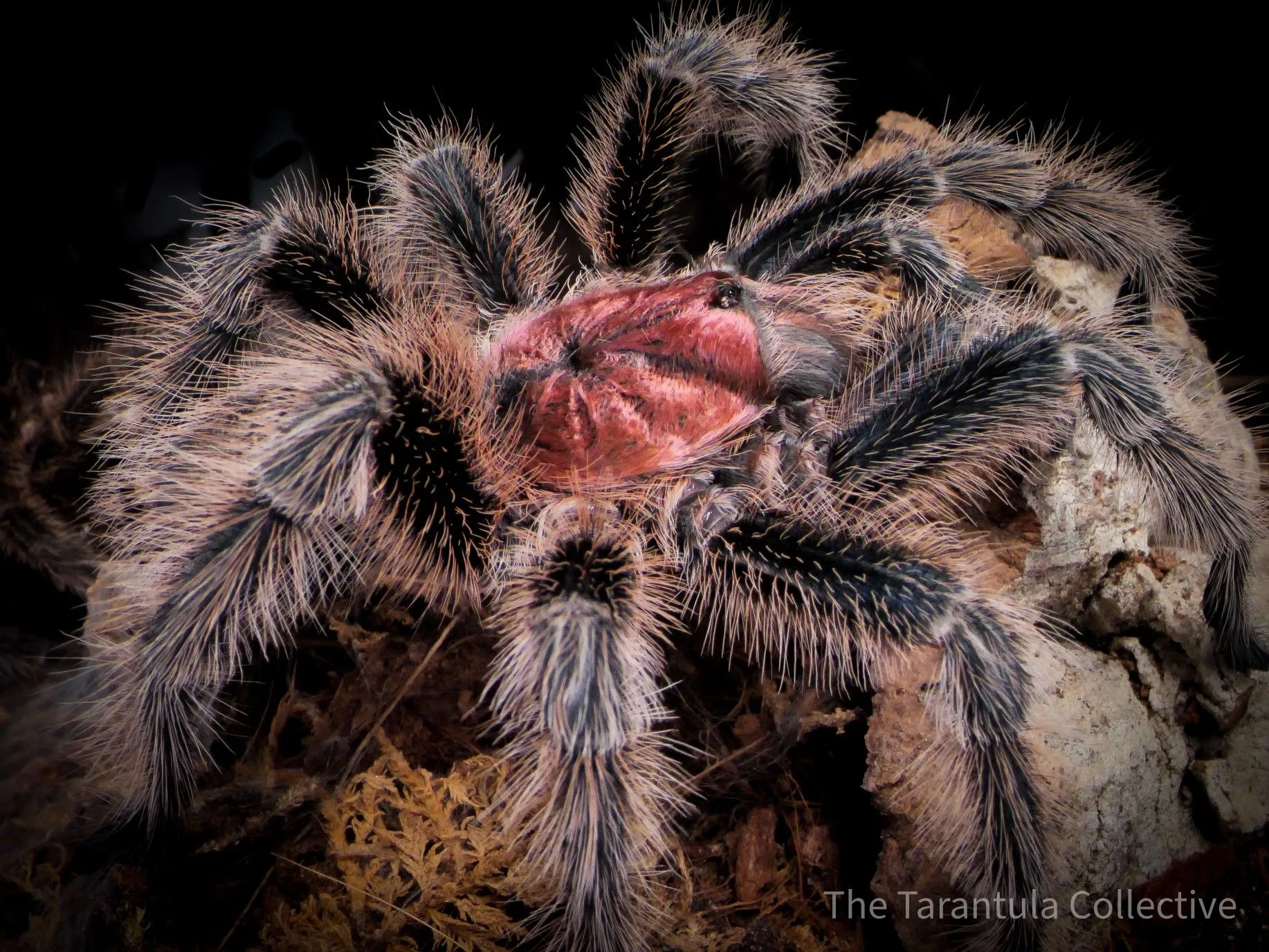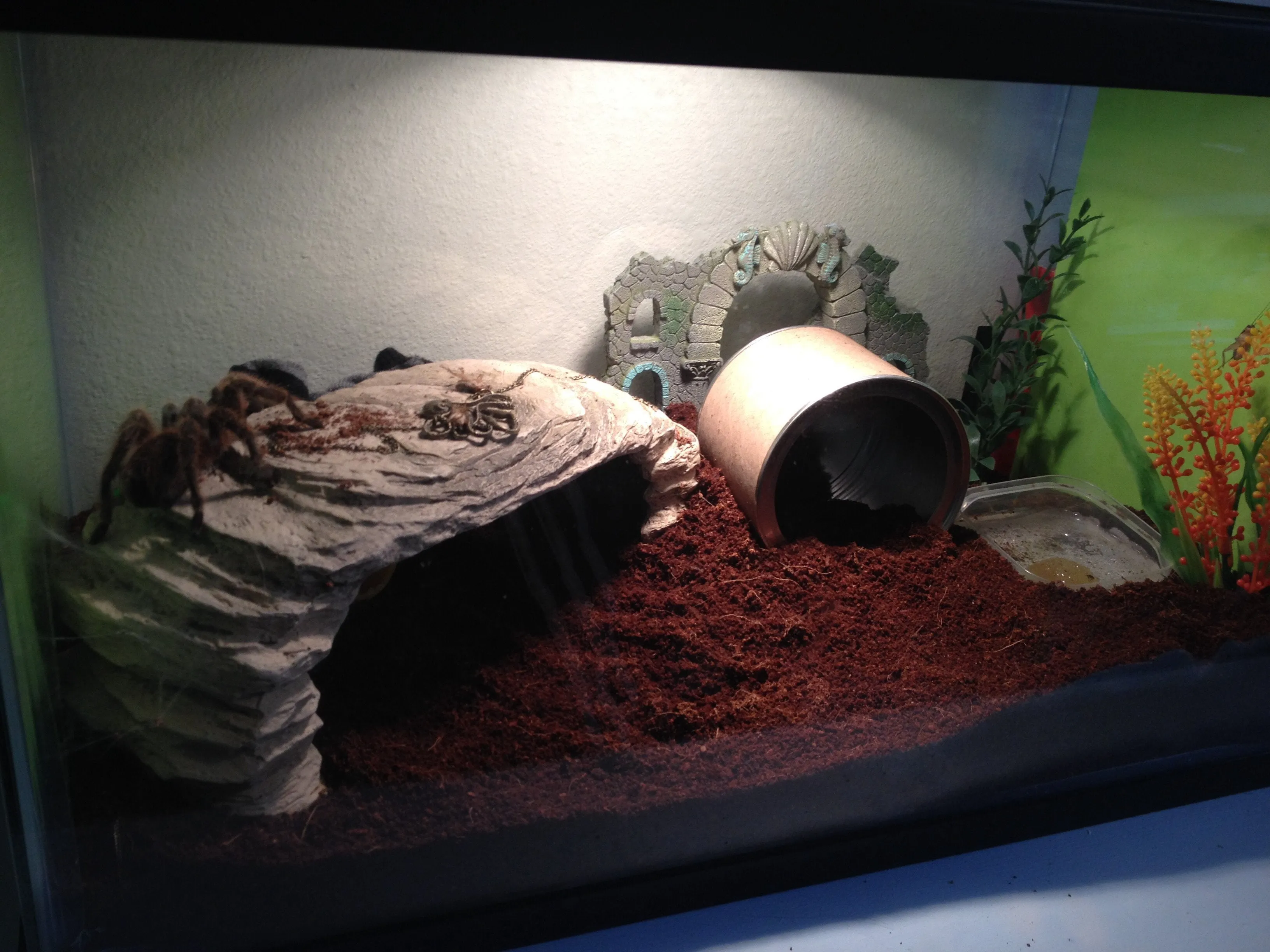Understanding Rose Hair Tarantula Feeding
Feeding a Rose Hair Tarantula is a crucial aspect of responsible pet ownership, directly impacting its health, growth, and overall well-being. These captivating creatures, known for their docile temperament and striking appearance, require specific dietary considerations to thrive in a captive environment. Understanding their feeding habits and nutritional needs is the first step toward providing a comfortable and enriching life for your Rose Hair Tarantula. This guide will delve into the essential aspects of feeding, covering everything from natural diets to optimal feeding frequencies, and provide the knowledge necessary to ensure your tarantula receives the proper care it deserves. By following these guidelines, you’ll be well-equipped to keep your Rose Hair Tarantula happy and healthy for years to come.
The Natural Diet of Rose Hair Tarantulas
What Rose Hair Tarantulas Eat in the Wild

In their natural habitat, which includes the arid regions of South America, Rose Hair Tarantulas are opportunistic predators. Their diet primarily consists of insects and other invertebrates that they can subdue. This includes crickets, grasshoppers, beetles, and occasionally, smaller spiders. They are ambush predators, relying on their camouflage and patient waiting to capture prey that wanders within striking distance. They also have been known to consume small vertebrates, such as baby mice or lizards, if the opportunity presents itself. Understanding the natural diet is vital because it informs us of what is needed to keep them healthy in captivity. This knowledge ensures that they receive the right nutrients.
Appropriate Prey for Captive Rose Hair Tarantulas
Choosing the Right Insects
In captivity, Rose Hair Tarantulas thrive on a diet of appropriately sized insects. Crickets are a popular choice, widely available and relatively easy to care for. Other suitable options include mealworms, dubia roaches, and locusts. The key is to provide variety when possible and ensure that the insects are gut-loaded before being offered to the tarantula. Gut-loading involves feeding the insects a nutritious diet, which is then passed on to the tarantula when it consumes the prey. This helps ensure that your pet receives a balanced intake of vitamins and minerals, improving their overall health and development. When choosing prey, avoid insects collected from the wild, as they may carry parasites or pesticides that can be harmful to your tarantula. Stick to reputable sources of feeder insects to ensure the health and safety of your pet.
Prey Size Guidelines

The size of the prey is paramount to prevent your Rose Hair Tarantula from being overwhelmed or injured. As a general rule, the prey should be no larger than the tarantula’s abdomen. For spiderlings and juvenile tarantulas, the prey should be significantly smaller. Overly large prey items can stress the spider and may result in the tarantula refusing to eat or even sustaining injuries during the struggle. It is better to err on the side of smaller prey, particularly for young tarantulas. Monitor your tarantula’s feeding behavior to determine the right prey size and adjust accordingly. If a tarantula consistently struggles to subdue its prey, it is a sign that the prey is too large. Careful observation of the feeding process will provide valuable insights into your tarantula’s dietary needs and allow you to provide the best possible care.
How Often to Feed Your Rose Hair Tarantula
Feeding Frequency for Spiderlings
Young Rose Hair Tarantulas, or spiderlings, require more frequent feeding than adults, because they are in a crucial growth phase. They should be fed every few days, typically two to three times per week. Their small size means they have smaller reserves of energy, and regular meals are essential to fuel their rapid growth. As they grow, you can gradually decrease the feeding frequency. Ensure to observe their abdomen to see if it’s too full, if it is, then do not feed them for a few days. Remember that proper nutrition will help them go through their next molting, which is very important for growth.
Feeding Frequency for Adults

Adult Rose Hair Tarantulas, on the other hand, have slower metabolisms and do not need to be fed as often. Generally, feeding them once a week to once every two weeks is sufficient. Some adults may even go several weeks or months without eating, especially around molting time. It is essential to monitor their behavior and body condition to adjust the feeding schedule accordingly. If your tarantula appears to be losing weight or becoming lethargic, you may need to increase the feeding frequency slightly. However, overfeeding is more dangerous than underfeeding and can lead to health problems, like obesity, so be careful not to overdo it. Always ensure your tarantula has access to fresh water.
Factors Influencing Feeding Schedules
Several factors can influence your Rose Hair Tarantula’s feeding schedule. These include the tarantula’s age, size, overall health, and the environmental temperature. Higher temperatures can increase the spider’s metabolism, which will make it consume food more frequently. Likewise, molting can significantly impact feeding habits. Many tarantulas will stop eating entirely before and during the molting process. It is crucial not to offer food during this time, as it can stress them. After molting, give the tarantula a few days to harden its new exoskeleton before resuming feeding. Finally, if your tarantula is not eating, check for any signs of illness or stress and adjust the feeding schedule accordingly. The key is to observe your tarantula and adjust its diet as needed.
Proper Feeding Techniques
Offering Food and Removing Uneaten Prey

To feed your Rose Hair Tarantula, gently place the appropriate-sized prey into the enclosure, ideally using tongs to avoid contact. Avoid dropping the prey directly onto the spider, as this can frighten it. Watch to see if the tarantula accepts the food. If the tarantula doesn’t show interest, you can try again later. Be sure to remove any uneaten prey within 24 hours. Live insects can cause stress to the tarantula, and they may also attack the tarantula during molting. Regular removal of uneaten food also prevents the build-up of waste and keeps the enclosure clean. Cleanliness is also important to avoid mites or other unwanted pests from inhabiting the enclosure, and that can also cause illness.
Providing Water for Hydration
In addition to food, a constant supply of fresh, clean water is vital for your Rose Hair Tarantula’s health. Provide a shallow water dish that is easily accessible. The dish should be shallow enough to prevent the tarantula from drowning. Regularly clean and refill the water dish with fresh water to prevent the growth of bacteria and maintain hydration. Some keepers also mist the enclosure, especially in drier environments, to increase humidity. However, be careful not to over-mist, as excessive humidity can lead to mold growth. The tarantula needs clean water to live and it should always be accessible.
Signs of Overfeeding and Underfeeding
Recognizing a Healthy Appetite

A healthy Rose Hair Tarantula will have a good appetite and readily accept food. You will see it actively stalking and capturing its prey. Its abdomen will be plump but not excessively so. A healthy tarantula is also active and alert, exploring its enclosure and showing normal behaviors. The abdomen should be round, with a slight plumpness after feeding, indicating that the tarantula is getting enough nutrients and is thriving. A good appetite is the best sign that your tarantula is doing well. The better the appetite, the better the health of your tarantula.
Identifying Potential Feeding Problems
Several signs can indicate potential feeding problems. A loss of appetite or refusal to eat can be a sign of stress, illness, or an impending molt. Check environmental conditions, and ensure that the enclosure is at the right temperature and humidity. If the tarantula’s abdomen appears shrunken or thin, it may be underfed. If it is very large, then it can be overfed. Lethargy, or a lack of activity, can also be a sign of problems. If you notice any of these signs, examine the tarantula carefully, review your feeding schedule, and consult with a veterinarian or experienced tarantula keeper if the problem persists. Early intervention will give you the best chance to resolve the issue.
Conclusion
Feeding your Rose Hair Tarantula is a straightforward but essential aspect of providing proper care. By understanding its natural diet, selecting appropriate prey, and establishing a suitable feeding schedule, you can ensure that your tarantula thrives in captivity. Always monitor your tarantula’s behavior and adjust your practices as needed. With the right approach, you can enjoy the fascinating experience of keeping a healthy and thriving Rose Hair Tarantula. Remember that consistency and observation are your greatest tools in providing the best possible care. By following the advice in this guide, you will keep your tarantula healthy and happy.
